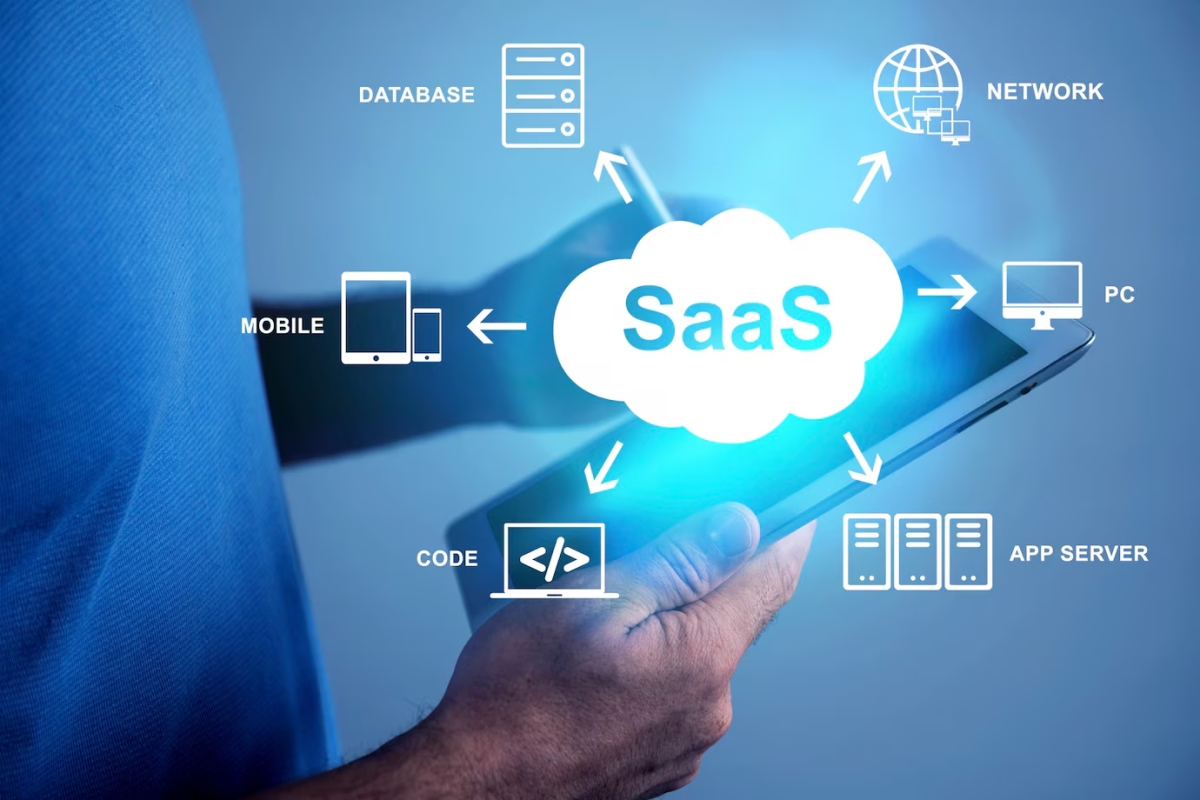Salesforce Implementation: A 2025 Guide for Successful Deployment

Salesforce is the world’s leading CRM platform, empowering businesses of all sizes to streamline their operations, improve customer relationships, and drive revenue.
However, successfully implementing Salesforce is more than just installing software—it’s about aligning the platform with business goals, processes, and user needs.
In 2025, as Salesforce continues to evolve with AI, automation, and hyper-personalization, the implementation process demands a more strategic and structured approach.
This guide walks you through everything you need to know about Salesforce implementation in 2025—from planning and setup to post-deployment optimization.
Why Proper Salesforce Implementation Matters
Implementing Salesforce correctly ensures:
- Maximum ROI on licensing and services
- Better user adoption
- Accurate data for decision-making
- Streamlined workflows
- Scalable architecture for future growth
Poor implementation can lead to underutilization, low adoption, and a mismatch between business needs and system capabilities.
Step 1: Define Clear Business Objectives
Before writing any line of code or creating a user profile, define what you want to achieve.
Questions to Ask:
- What are your customer-facing goals?
- What internal pain points will Salesforce solve?
- Which teams will use Salesforce (sales, service, marketing, etc.)?
- What KPIs will you track post-implementation?
Aligning Salesforce features with measurable goals (e.g., reducing lead response time by 50%) makes implementation focused and impactful.
Step 2: Choose the Right Salesforce Edition
Salesforce offers several editions (Essentials, Professional, Enterprise, and Unlimited).
As of 2025, choosing the right edition depends on:
- Company size and growth projections
- Customization needs
- Integration complexity
- Budget
Also consider industry-specific solutions like Salesforce Health Cloud, Financial Services Cloud, or Manufacturing Cloud.
Step 3: Assemble a Winning Implementation Team
A strong implementation team includes:
- Project Manager – Oversees timelines and scope
- Salesforce Admin – Configures system settings and features
- Salesforce Developer – Handles custom development
- Business Analysts – Bridge between business needs and tech solutions
- End Users – Offer feedback and test usability
You may also hire a certified Salesforce implementation partner or consultant for enterprise-level rollouts.
Step 4: Data Strategy – Migration, Cleanup & Mapping
One of the biggest pitfalls is mishandling data.
Data Tasks:
- Clean up outdated or duplicate records
- Map old fields to Salesforce fields
- Decide what to migrate and what to archive
- Ensure regulatory compliance (GDPR, HIPAA)
Use Salesforce Data Loader, MuleSoft, or third-party tools to automate migration.
Step 5: Customize and Configure Salesforce
This is where the platform becomes yours. Use a mix of declarative tools (point-and-click) and programmatic tools (Apex, Lightning Components).
Core Customizations:
- Custom fields and objects
- Validation rules
- Page layouts and record types
- Email templates and workflows
Automation Options in 2025:
- Flow Builder for business process automation
- AI-based recommendations using Einstein GPT
- Robotic Process Automation (RPA) for repetitive tasks
Avoid over-customizing early on—start lean and scale.
Step 6: Integrate Salesforce with Your Tech Stack
Salesforce must work with your other tools like marketing automation (Pardot, HubSpot), ERP systems (SAP, Oracle), communication tools (Slack, Teams), and analytics platforms (Tableau).
Integration Tools:
- Salesforce AppExchange connectors
- MuleSoft for enterprise APIs
- REST/SOAP APIs for custom solutions
Secure and efficient integrations reduce data silos and enhance productivity.
Step 7: Set Up Reports and Dashboards
Salesforce offers powerful analytics with customizable reports and dashboards. Ensure each department has the KPIs they need.
2025 Trends in Reporting:
- Real-time AI-driven dashboards
- Predictive analytics using Einstein GPT
- Cross-object reporting for holistic insights
Train users to build their own dashboards to reduce dependency on admins.
Step 8: User Training and Change Management
Even the best-configured system will fail without proper user adoption.
Training Tactics:
- Role-based training sessions
- Trailhead modules and badges
- Internal documentation and video tutorials
Foster a culture of innovation and continuous learning.
Step 9: Test Everything
Testing helps identify gaps before go-live.
Types of Testing:
- Unit Testing (for code)
- Functional Testing (process flows)
- UAT – User Acceptance Testing (real-world scenarios)
Document feedback and iterate accordingly.
Step 10: Go Live and Post-Launch Support
Plan your go-live date carefully. Consider soft launches, department-wise rollouts, and contingency plans.
Post-Launch Checklist:
- Monitor system performance
- Provide helpdesk support
- Track adoption metrics
- Plan for quarterly reviews and updates
Implementation Timeline Example (90 Days)
| Phase | Duration |
|---------------------|------------------|
| Planning & Discovery| Weeks 1–2 |
| Design & Architecture | Weeks 3–4 |
| Development & Customization | Weeks 5–8 |
| Testing & Training | Weeks 9–11 |
| Go-Live & Support | Week 12 |
Common Pitfalls and How to Avoid Them
| Mistake | Fix |
|--------|------|
| Skipping discovery | Conduct detailed stakeholder interviews |
| Over-customization | Start with out-of-the-box features |
| No training plan | Make it mandatory with support |
| Data migration errors | Run test migrations |
| Ignoring user feedback | Set up regular feedback loops |
When to Hire a Salesforce Implementation Partner
If your implementation involves:
- Complex integrations
- Global rollout
- Industry-specific compliance
…consider hiring a Salesforce consulting partner. Use the Salesforce Partner Finder to locate certified professionals.
Conclusion
Salesforce implementation is a journey, not a destination. When done right, it lays the foundation for exceptional customer relationships and long-term business growth. In 2025, the combination of AI, automation, and customer-centric design makes Salesforce more powerful than ever.
Whether you're a startup or a Fortune 500, following this implementation framework can ensure a smooth and scalable Salesforce rollout.
Resources
- https://www.salesforce.com/products/platform/overview/
- https://trailhead.salesforce.com/
- https://partners.salesforce.com
- https://appexchange.salesforce.com/
- https://help.salesforce.com/